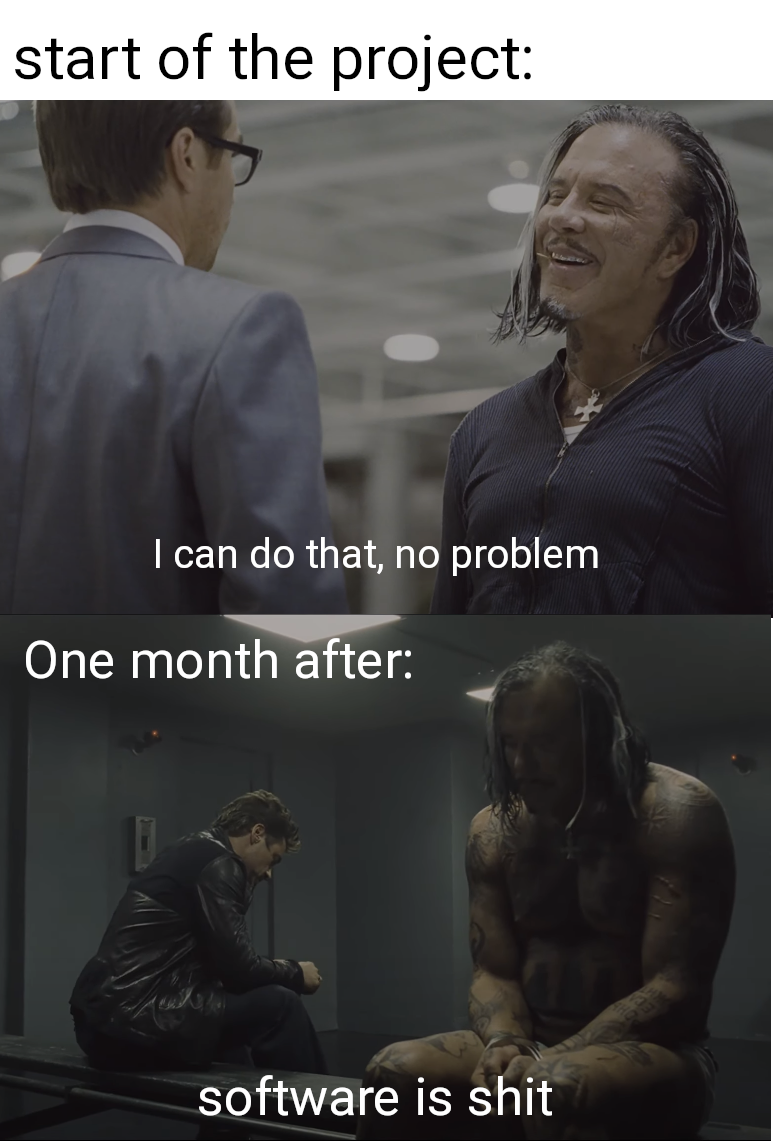Why do we need appimage when we can have single binary statically compiled executable?
Additionally, I can't really understand why are dynamically linked libraries so popular and how on earth anyone who ever had a ".dll / .so not found" error thinks this is a good idea.
The main idea as far as I understand was to be able to share code which I think everyone knows work only in theory, besides would it not be easier to just recompile the executable from source with updated dependency statically linked?
Other idea behind dlls were that you could replace a dll with different dll as long as the api was compatible which is very unlikely scenario for average people.
Yet another possible advantage would be that the library code is shared so it takes less space on disk which might be true for some libraries which are very common but on the other hand static compilation only includes the part of library code that is used by the program so it takes less space anyway and is more optimized.
So the reasons to use the dlls can be easily dismissed.
About the disadvantages - if the dll is not present the program will not work. It's quite simple and in my view if you create a program which does not work by itself then that's a failure on your side.
The dlls are just nightmare most of the time, static compilation for the win.
(pic for attention)

From Ellen Ullman's Close to the Machine:
[1] clarifies how multitasking typically works, which was usually just really fast switching at the time of the book.